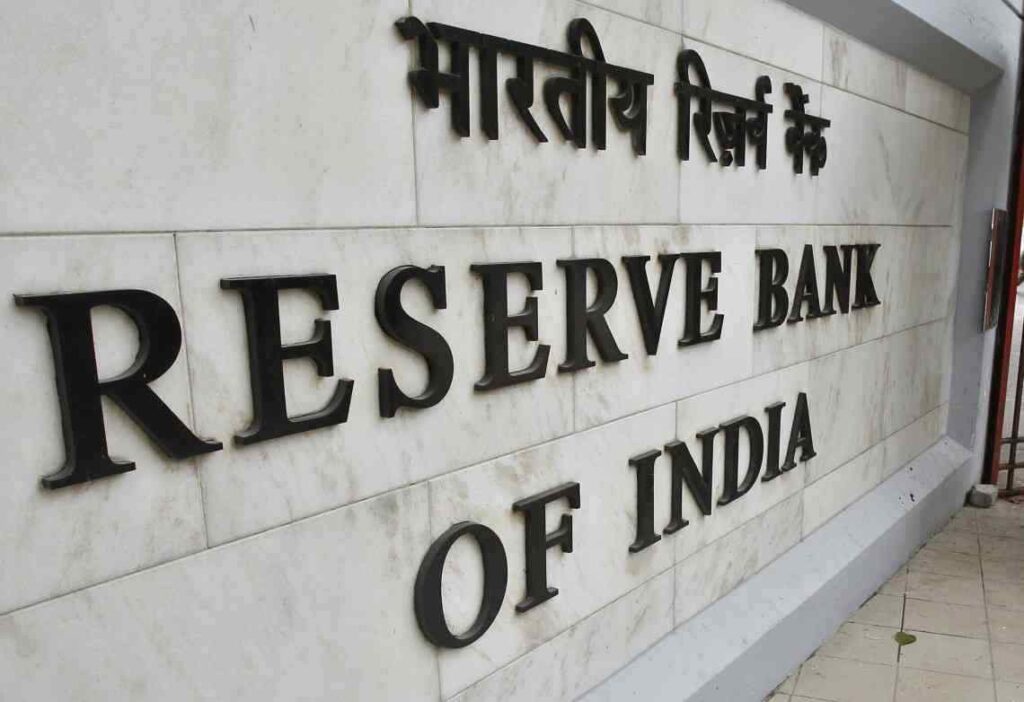In the aftermath of the recent financial crisis, the issue of “too big to fail” (TBTF) has taken center stage in the ongoing debate on financial regulatory reform. This issue has been particularly prominent in developed economies such as the United States, the United Kingdom, and Switzerland. However, in many parts of Europe and the Asia-Pacific region, the TBTF problem is notably absent from significant financial policy discussions.
The Reserve Bank of India (RBI) made significant regulatory changes in October 2021 by introducing a scale-based framework for Non-Banking Financial Companies (NBFCs). Under this framework, NBFCs with assets below Rs 1,000 crore were classified in the base layer, while those with assets of Rs 1,000 crore and above fell into the middle layer. However, a dilemma emerged for NBFCs with assets exceeding Rs 500 crore but less than Rs 1,000 crore. These entities were considered systemically important under earlier directives and were required to adhere to more stringent guidelines, as explained by Vidushi Gupta, a partner at Khaitan & Co.
The concept of “too big to fail” gained prominence during the global financial crisis, which unfolded in 2008. The crisis led to unprecedented government interventions to rescue systemically significant financial institutions. The US Federal Reserve’s bailout of “Bear Stearns” and the decision to allow “Lehman Brothers” to fail triggered major market disruptions, underscoring the significance of the TBTF doctrine. Governments worldwide pledged to take decisive action to support systemically important financial institutions and prevent their failure.
Identifying systemically important financial institutions (SIFIs) involves assessing various criteria, including size, concentration, interconnectedness, performance of critical functions, and complexity. The Financial Stability Board (FSB), the Bank for International Settlements (BIS), and the International Monetary Fund (IMF) have explored different approaches to measure interconnectedness among these institutions, recognizing the potential for severe consequences on the broader economy in case of their failure.
One critical policy question is whether the list of SIFIs should be made public. Transparency in this regard could reinforce moral hazard, as it would officially designate certain institutions as “too big to fail.” However, keeping this information private is challenging, given the likelihood of legal challenges from the designated firms. The public, too, often already perceives these institutions as receiving favorable treatment in the market.
The debate over allowing banks to fail is intertwined with broader discussions about competition in the financial industry. Bank failures can either increase concentration in the sector or open doors for new entrants, depending on the competitiveness of the banking system. The presence of a resolution regime and authority is crucial for the orderly resolution of large financial institutions, but operational capability remains a significant challenge, especially with the growing complexity of corporate structures in the financial sector.
One alternative perspective challenges the notion of bailing out institutions deemed “too big to fail.” It argues that corporate failure is a natural part of capitalism, emphasizing the principle of “creative destruction.” Avoiding systemic failure is perceived as a benefit, largely due to fear-driven language used by regulators and failed institution managers. In reality, humans are resilient and can overcome the consequences of financial institution failures.
The recent changes in RBI’s regulatory framework for NBFCs reflect the ongoing global discussion on “too big to fail.” The global financial crisis provided valuable lessons in the need for comprehensive financial regulation. While the idea of international harmonization in banking regulation is appealing, it might be more practical for each country to formulate its own regulations, respecting the unique dynamics of its financial system. The core principle of capitalism, where failing firms vanish without government support, funded by taxpayers’ money, must be reemphasized. This approach aligns with the notion of “creative destruction” and ensures that financial institutions are not considered too important to be left to financiers alone.














